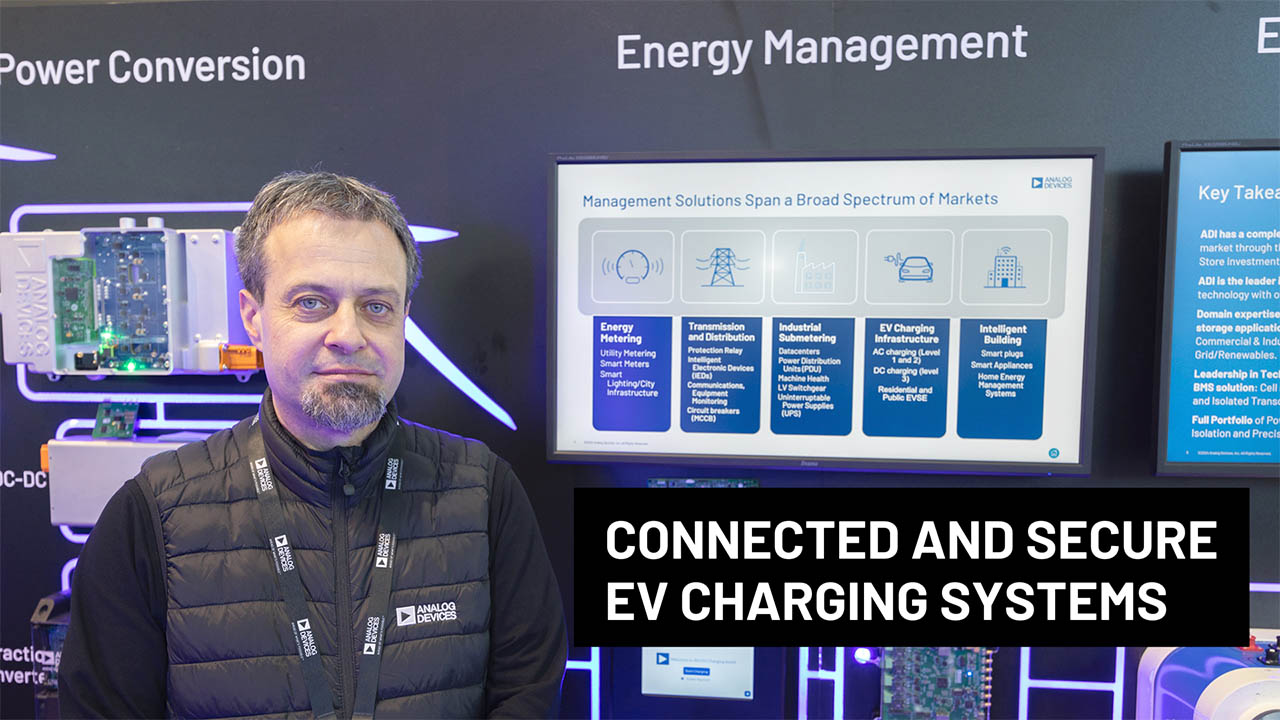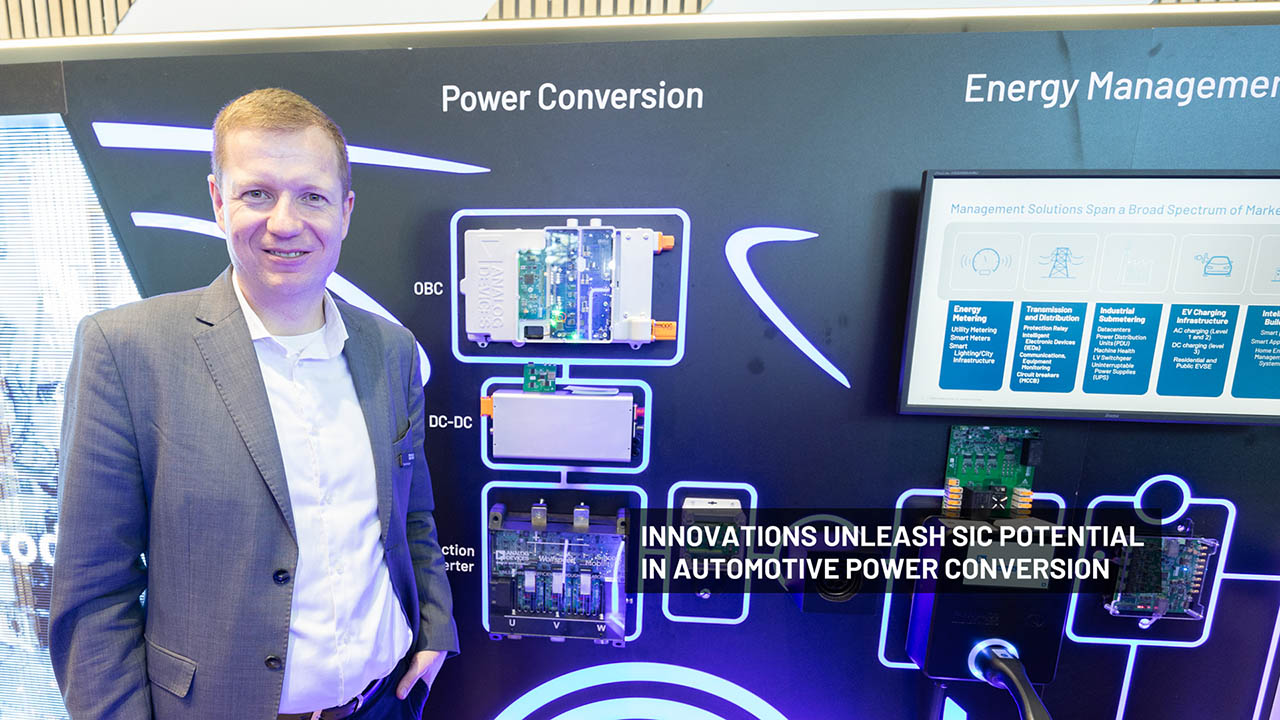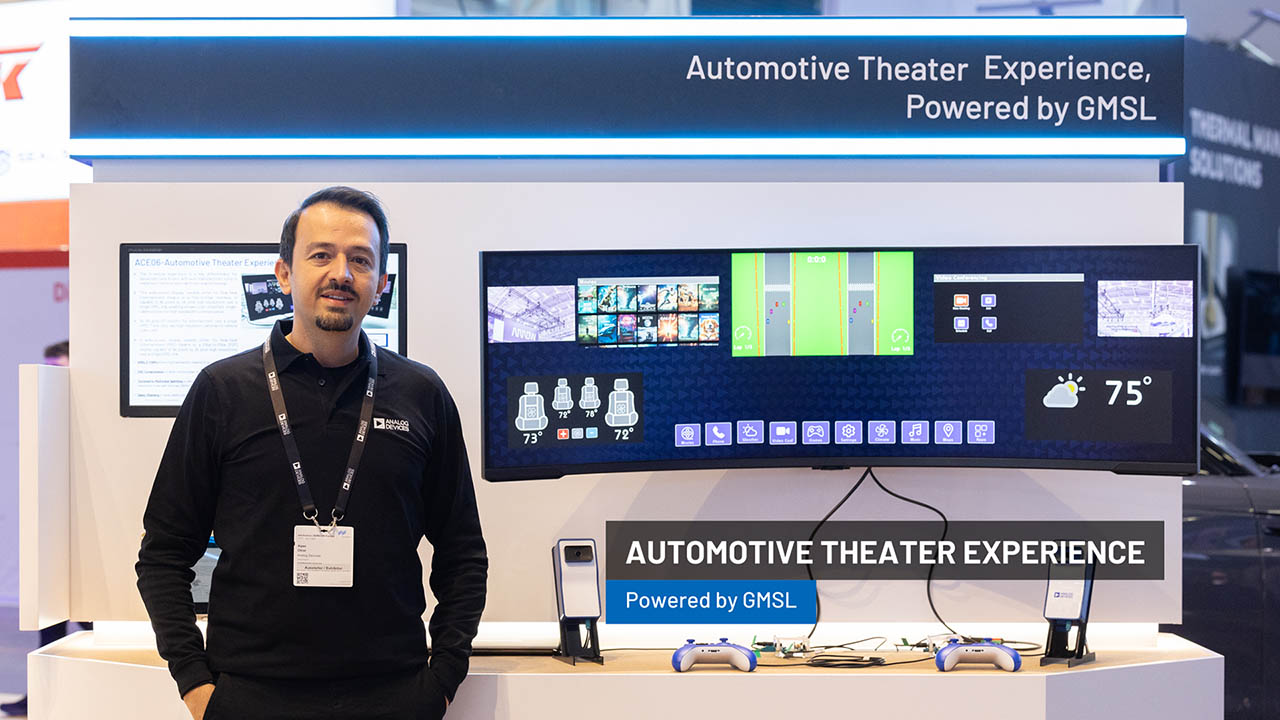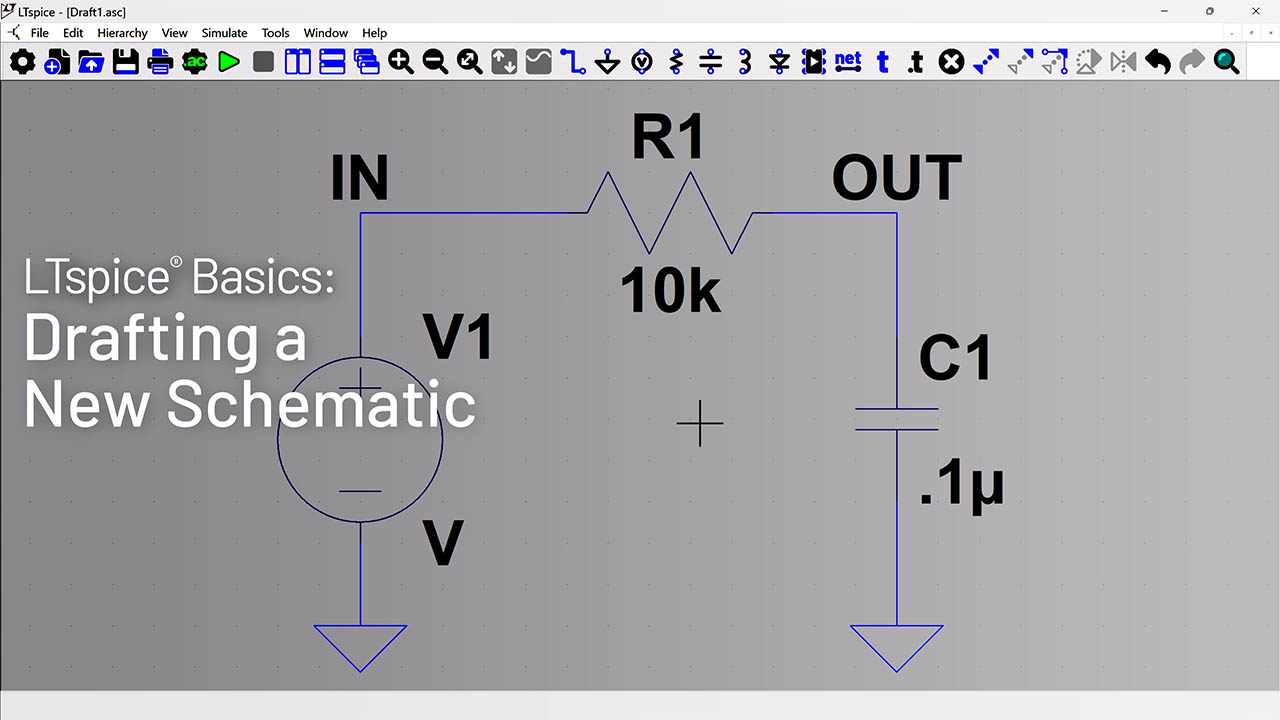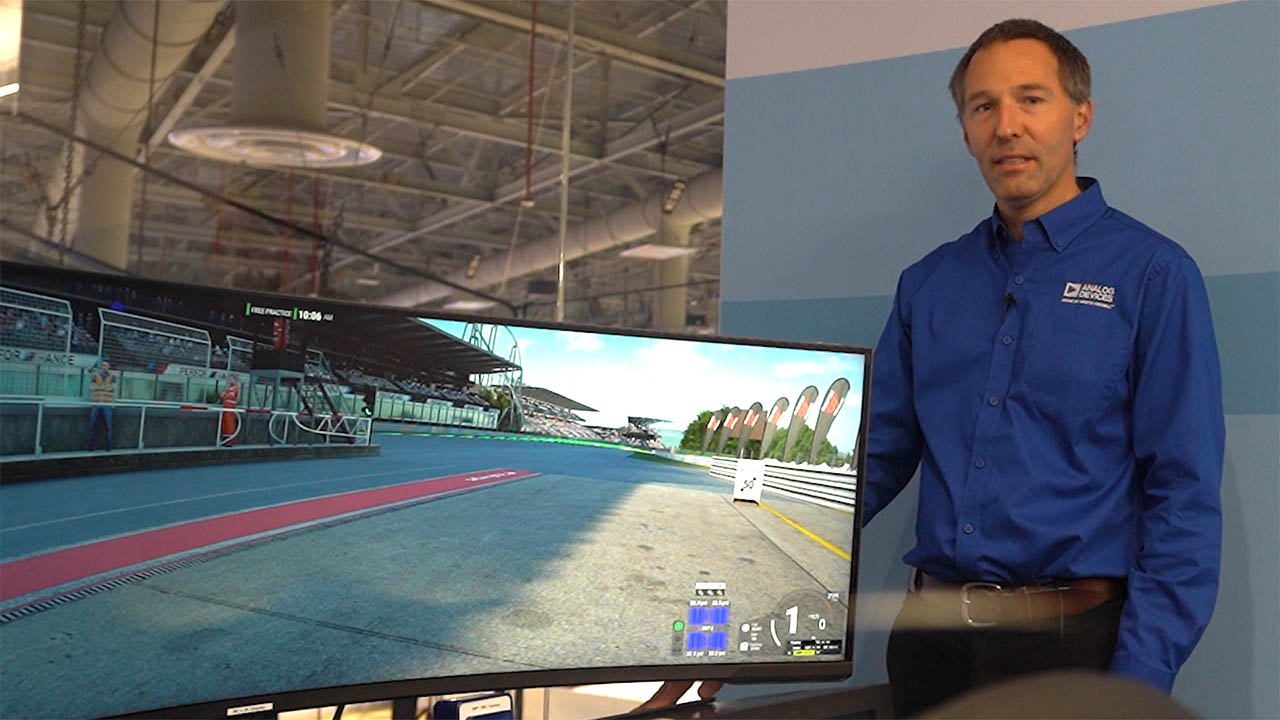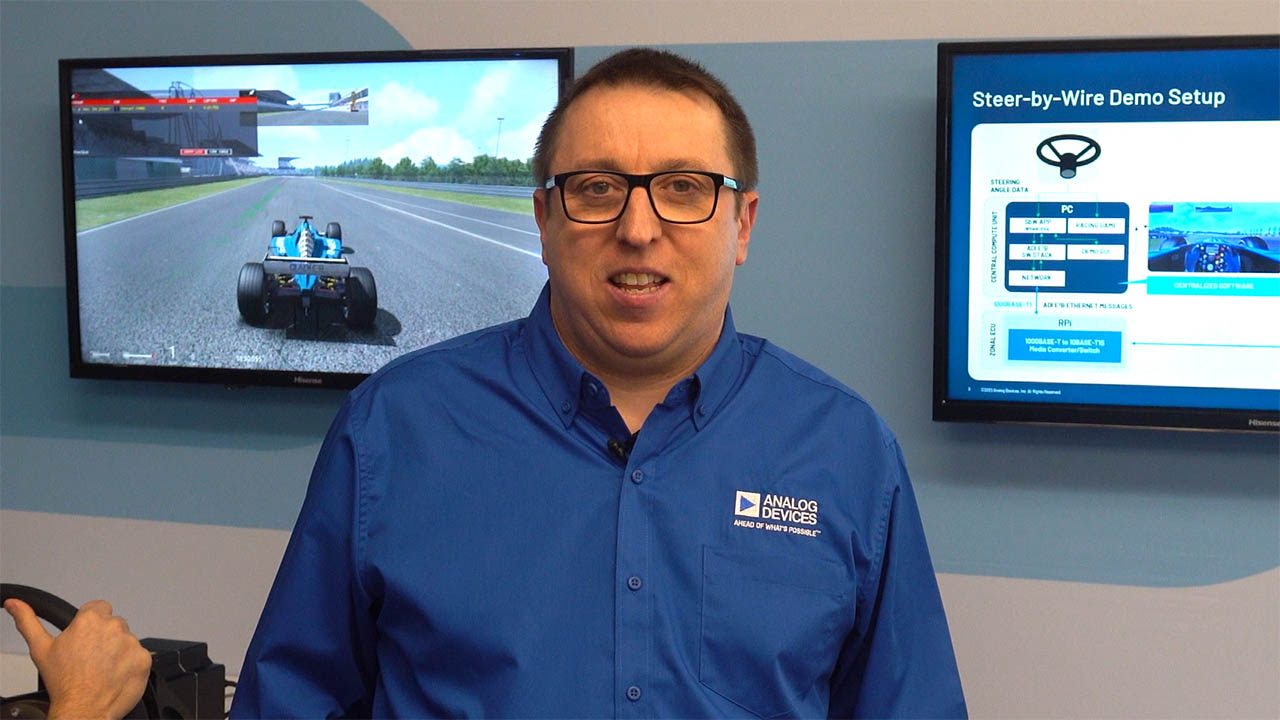Negative Voltage Ideal Diodes (Diode-OR Controllers)
An ideal diode (also referred to as a diode-OR controller and more generally as a PowerPath controller) is a robust, expanded functionality replacement for a discrete power diode. It consists of a MOSFET in place of the diode to provide a low voltage drop, low power dissipation switch that connects a power source to a load (see the blog "Primer on PowerPath Controllers, Ideal Diodes & Prioritizers" for additional background information). The MOSFET can be a P-channel or N-channel device. N-channel devices allow more current but require a gate control voltage higher than the supply voltage to turn on. P-channel devices turn on when the gate control voltage is lower than the supply and therefore do not need a higher voltage for operation, but P-channel typically have higher ON-resistance. In the graph below, the LTC4412 diode-OR controller's low forward voltage drop as a function of current is compared with that of a Schottky diode.

LTC4412 Ideal Diode's Low Voltage Drop Reduces Power Dissipation vs. a Schottky Diode
Analog Devices has a couple of popular negative input voltage diode-OR controllers that use an external N-channel MOSFET for switching power. These devices, the LTC4371 and the LTC4354, are both dual supply diode-OR controllers.

LTC4371 –48V/25A Dual Ideal Diode Controller with Switch "ON" LED Indicator
With positive voltage N-channel controllers, the gate drive circuitry often includes an on-chip charge pump with a voltage clamp (the 17V Zener diode) to set the upper gate drive voltage limit as shown below.

N-Channel Ideal Diode witgh Charge Pump and Gate Drive Zener Clamp
With negative voltage controller's, the circuit operation is similar, but with a subtle difference. A simplified negative voltage ideal diode is shown below.

Negative N-Channel Ideal Diode Block Diagram with Gate Drive Power Supplies Shown
Interestingly, it does not have the charge pump circuitry. At first glance this may seem strange, but after reviewing operation of the circuit, the reason becomes obvious when one reviews the role the voltage polarity plays. To turn on an N-channel MOSFET requires a gate voltage higher than the drain voltage. Since we are dealing with negative voltages, a higher voltage is one that is closer to zero.
Now observe how the block diagram is incorporated into an actual device, the LTC4371 shown below. Note the 12.4V Zener diode between pins VZ and VSS. This Zener limits the voltage drop across the IC, and this voltage drop also provides the "higher" voltage needed to turn on the MOSFET. If for example VSS is –48V, then VDD will be approximately –36V, which is applied to the MOSFET gate pin (the return voltage, RTN is 0V). From the LTC4371 gate pin description in the data sheet, we see that the gate pins (GA and GB) are gate drive outputs that operate between VSS and VDD to control their associated MOSFET gates, allowing the device to behave like a low loss diode switch.

LTC4371 Block Diagram with Gate Drive Voltage Supplies Shown
An advantage ideal diodes have over discrete diodes is additional functionality. The LTC4371 has a floating architecture that allows it to be used in negative voltage applications with voltages in the negative hundreds of volts range. The LTC4371 also includes Zener diodes on the drain pins that provide transient protection to 100V and –40V without additional resistors (this can be increased to ±300V and higher with proper selection of resistors RDA and RDB); and it includes an open drain fault indicator switch that can be used to indicate when the MOSFET fails open circuit.
In summary, ideal diode controllers are an improved, low loss, high functionality replacement for discrete diodes. With negative voltage ideal diodes, the voltage due to the drop across the IC provides the higher voltage required to enhance the external N-channel MOSFETs, eliminating the need for charge pump. Analog Devices provides a wide range of ideal diode-OR controllers for positive and negative voltages; some with internal MOSFETs, others that require external MOSFETs; some P-channel devices, other N-channel devices. Regardless of the switch element, they all provide a low power dissipation, low voltage drop replacement for standard or Schottky power diodes, and additionally many provide current monitoring and a status indicator when the switch is "on", thereby providing a high level of protection and monitoring for power switching circuits.
著者について
この記事に関して
資料
{{modalTitle}}
{{modalDescription}}
{{dropdownTitle}}
- {{defaultSelectedText}} {{#each projectNames}}
- {{name}} {{/each}} {{#if newProjectText}}
-
{{newProjectText}}
{{/if}}
{{newProjectTitle}}
{{projectNameErrorText}}




